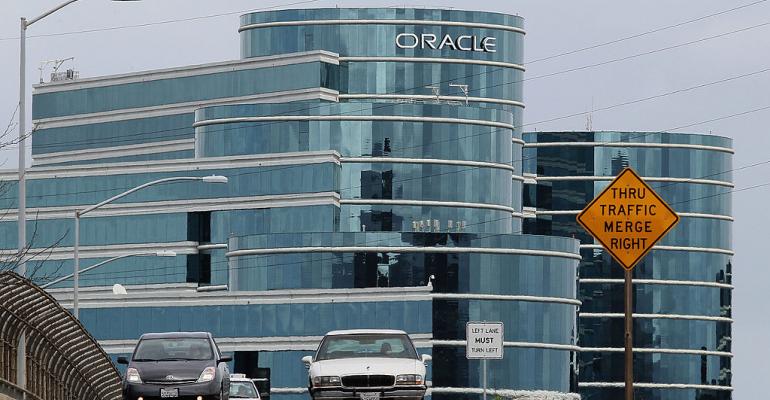This week Oracle announced the addition of five new regions to its Generation 2 cloud platform across the globe. This brings the number of Oracle cloud data center availability regions to 21, with a total of 36 to be available by the end of the year, which is when the company has said it will have more global data center hubs than Amazon Web Services.
The new regions are in Jeddah, Saudi Arabia; Melbourne, Australia; Osaka, Japan; Montreal, and Amsterdam.
"[A]ll of them are open for business and available in the Oracle Cloud Console," Andrew Reichman, Sr. Director of product management at Oracle Cloud Infrastructure, said in a blog post.
Oracle has been in a mad rush recently to expand its cloud infrastructure, where it has traditionally lagged so far behind the big three cloud providers -- AWS, Microsoft Azure, and Google Cloud Platform -- that in 2018 Gartner analysts said Oracle, the world's second-largest software supplier by revenue, was a “niche player” in the cloud market.
Gen Two
If it is indeed a niche player, it's been busy carving its niche further out.
With it’s second-generation cloud (sometimes also referred to as Oracle Cloud Infrastructure, or OCI) Oracle is moving away from being an “everything-cloud” that competes directly with AWS, Azure, and GCP. Instead of focusing on traditional Infrastructure- or Platform-as-a-Service, for example, it's focusing on offering bare metal machines, which it says are more secure than cloud VMs -- these claims have been met with a lot of scepticism -- as well as a similar experience to having their own dedicated machines at colocation facilities but without the CapEx.
It’s also partnered with Azure to bring direct fiber connections between Oracle data centers and Microsoft’s cloud platform, helping bare metal users take advantage of services offered by traditional clouds. So far these low-latency, high-bandwidth links to Azure are only available in eastern US, London, and Toronto, but the company is promising that more will go live "soon."
Oracle has also been working to make sure its cloud plays into its strengths, not only by making its own business software and databases available as SaaS but by optimizing its cloud for Oracle software for those who want to take a do-it-yourself approach.
Oracle Cloud Expansion
The current expansion is important to Oracle's efforts. Before, the business had been getting by with a smaller physical footprint than the big three clouds, which perhaps made it less attractive to customers that are increasingly demanding the ability to put compute in close physical proximity to end users, both to reduce latency and to meet a growing number of government regulations.
"Customers have told us that to run critical systems of record in the cloud, they need to run workloads across fully independent cloud regions for disaster recovery purposes," Reichman said. "They also told us that those multiple sites must be in the same country to meet data residency requirements."
To meet these needs, he said, plans are in place to provide a minimum of two "regions" in almost every country where the Oracle cloud platform operates. He said that three of the new locations -- Osaka, Melbourne, and Montreal — now give customers a second site within the same country, with Amsterdam being paired with another EU location, Frankfurt. The UK, Saudi Arabia, South Korea, India, and Brazil will also have two regions online by year's end.
"Saudi Arabia will be joined by a second region later this year," Reichman said, claiming, falsely, that "Oracle is the first public cloud vendor with a region in Saudi Arabia." SAP, one of its biggest rivals, announced the launch of a cloud data center in Saudi Arabia in 2018.
Oracle Cloud Regions and Data Centers
Almost all of the large public clouds have "availability regions" and "availability zones" within those regions, although each platform's definition for those is somewhat different from the others'. But the common thread is they offer customers a way to choose where their data resides and multiple locations in each region for backup.
An Oracle spokesperson told DCK that Oracle's regions consist of one or more physical sites and data centers, and that the company typically uses a combination of leased and Oracle-owned data center facilities. For these latest expansions, the company said it has prioritized "moving quickly and reliably" over any desire to own its own facilities.
"We’ve automated every step of the region building process, which lets us expand rapidly without sacrificing quality or consistency," Reichman said. "In fact, each new region exists because of significant demand for Oracle Cloud from the leading enterprises in those countries."
Without identifying any of these leading enterprises by name, he said they include "10 of the largest" companies in Japan and "87% of the top companies by revenue" in the Middle East.





